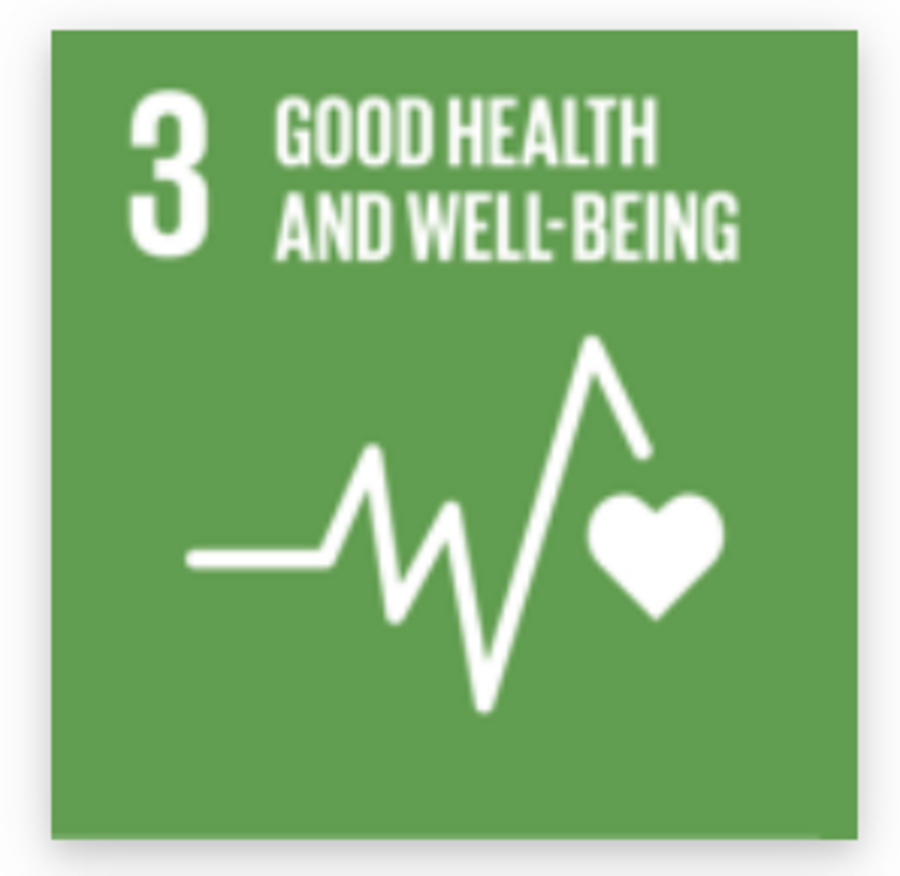The Surgeon's Perspective
Researchers: Charlotta Johnsson, Anders Robertsson and Martin Karlsson in collaboration with colleagues at Linköping University, Skånes universitetssjukhus, Business Region Skåne, Cognibotics, and others
Funding: Vinnova
Duration: 2016–2019
| Today's surgical reports consists of a written textual presentation which only the surgeon and the corresponding core-team can understand. One goal is to improve tomorrow's surgical reports by replacing it with a film with 3D-images in high resolution. In this way, the report will be more complete and understandable for a larger audience. in addition, tehy can serve as a learning plattform useful for e.g. students in medicine, and practicing surgeons preparing for a similar operation. Robotics is needed when collecting the film material and 3D-images, in order to track the precise perspective of the surgeon. Our vision is to provide the hospitals with modern surgical reports, which also facilitates for improved learning in surgical operations and healthcare. |  |
The live surgical field, as the surgeon visually perceives it, contains invaluable image information needed for surgical training, clinical consultations and support the development of surgical robots. How ever, access to the surgeon's view of the reality is highly restricted because there are currently no technical solutions to collect, reproduce, and share this 3-D image information. At the present, only the surgeon can see the organs and pathologies that need surgical attention.
The goal of this project is to develop technical solutions to collect image data during open heart surgery, and to reproduce 3-D heart models that can be used for education, clinical consultations, and in the future advance the development of autonomous robotic systems. The overall goal is to achieve increased safety and quality in surgical care.
Components that will be developed:
- A camera system for collection of 3-D video images.
- A platform for interactive visualisation of the surgical field.
- A database that within 3 years will collect data from 5000-10000 surgical cases, for use in machine learning algorithms, augmented reality, and, ultimately robotic surgery.
